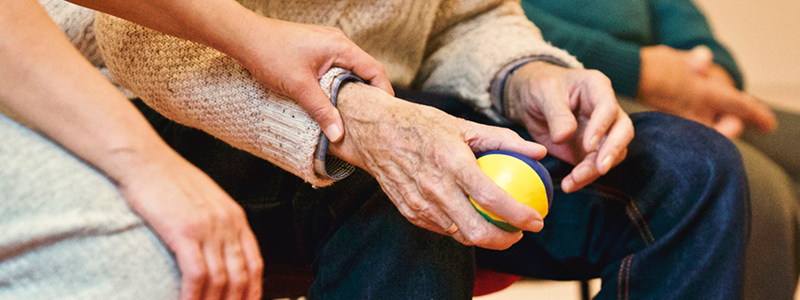

For many Canadians, their older years can be a fulfilling time when they can enjoy the rewards of a well-earned retirement amongst their family and friends. However, for a significant number it can also be a time when they may be at risk of being harmed financially, physically, emotionally or psychologically by those they trust. About 10 per cent of older Canadians will suffer some form of elder abuse, most often from their spouses, grown children, caregivers, family members or another person they trust, and older women are victims in about two-thirds of reported cases. With our rapidly aging population expected to grow in the coming years and decades, these incidences are unfortunately only going to become more prevalent.
When we think of elder abuse, violent abuse may be what first comes to mind. But elder abuse is not limited to violent cases. Elder abuse can take many other forms as well, such as emotional, financial, psychological, systemic abuse and neglect. In fact, the most common form is financial abuse, which accounts for about 62 per cent of all cases.
Despite the seriousness of elder abuse, the Government of Canada estimates that only one in five cases is ever reported, in part because there is often a stigma associated with elder abuse, which can make older Canadians reticent to report.
Here are our 3 tips for how you can help combat this growing issue and protect your elderly loved ones:
1. Learn how to prevent elder abuse - Educating yourself is the first step to preventing elder abuse. Be observant and intervene if you have concerns or suspect abuse.
2. Know what to look out for. Older adults that are experiencing abuse or neglect may:
3. Report suspected elder abuse. If you see an elder being abused, report the incident immediately. If the elder is in immediate, life-threatening danger, call 911 right away. In non-life-threatening situations, you can report elder abuse and seek support through the following resources: